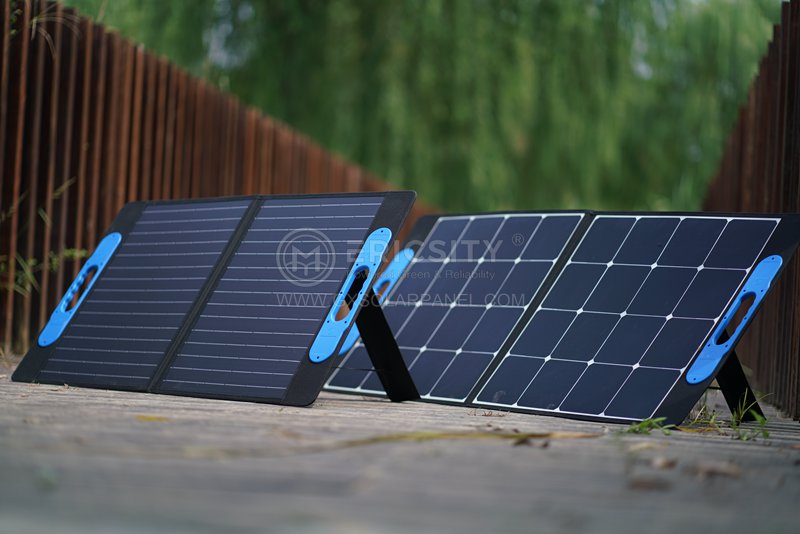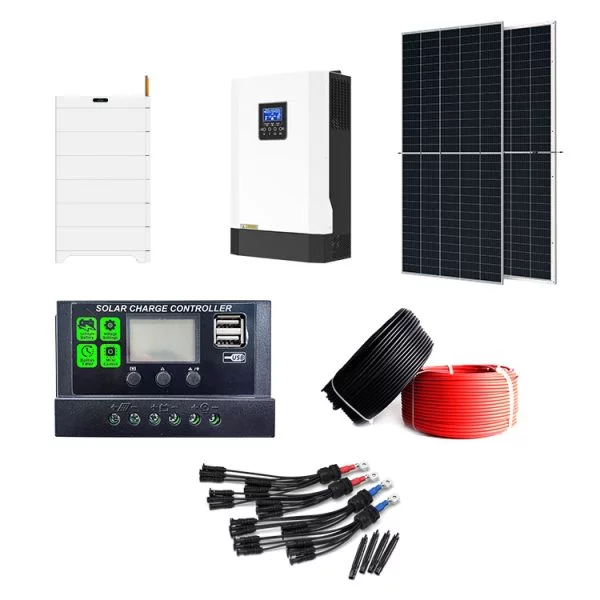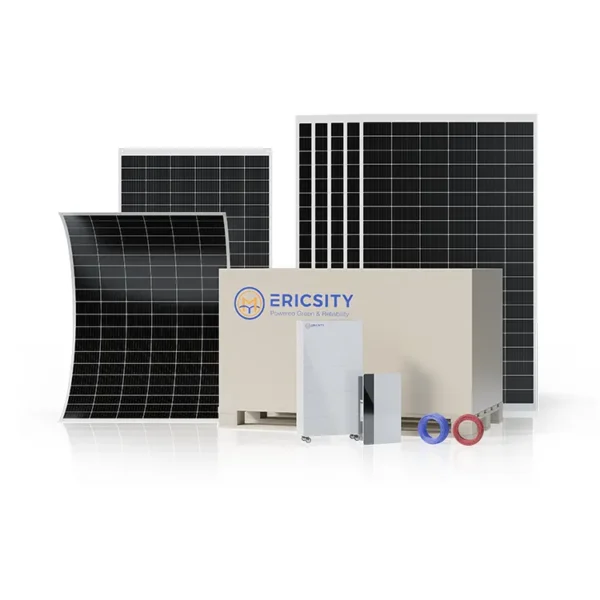HOT PRODUCT
Product Details
The Science Behind 60w Flexible Solar Panels: How They Harvest Energy
Title: The Science Behind 60w Flexible Solar Panels: How They Harvest Energy
Introduction:
The advent of renewable energy sources has revolutionized the way we harness and utilize energy. Among these, solar power has gained significant popularity due to its abundance and sustainability. As technology advances, solar panels have evolved, leading to the development of more efficient and versatile options. One such innovation is the 60w flexible solar panel, which offers numerous advantages over traditional rigid panels. In this article, we will explore the science behind these panels and understand how they efficiently harvest solar energy.
1. Basic Principles of Solar Energy Conversion:
Before delving into the specifics of flexible solar panels, it is crucial to understand the basic principles of solar energy conversion. Solar panels primarily make use of the photovoltaic effect, which involves the conversion of sunlight directly into electricity. This conversion process occurs within the solar cells present in the panels, which are typically made of semiconductors like silicon.

2. Structure and Design:

Flexible solar panels are designed to be lightweight, thin, and adaptable to various surfaces. Their structure consists of multiple layers, each playing a significant role in the energy-harvesting process. The top layer, known as the protective coating, safeguards the solar cells from external factors such as moisture and debris. The next layer is composed of multiple thin-film solar cells, which can be made of different materials like amorphous silicon or cadmium telluride.

3. Utilizing Thin-Film Technology:
Flexible solar panels incorporate thin-film technology, allowing for greater flexibility compared to traditional crystalline silicon panels. Thin-film technology involves depositing an ultra-thin layer of photovoltaic material onto a substrate such as glass or plastic. This technique enables the panels to be highly flexible while maintaining adequate efficiency levels. Additionally, thin film allows panels to function in low-light conditions and increases their resistance to shading effects, which can be advantageous in real-world applications.
4. Absorption and Conversion of Sunlight:
When sunlight falls onto the surface of a flexible solar panel, it penetrates the protective coating and reaches the thin-film solar cells. These cells contain layers of materials known as p-type (positively charged) and n-type (negatively charged) semiconductors. Sunlight consists of photons that carry energy. When these photons strike the solar cells, they excite electrons within the semiconductor material, creating an imbalance of charges. This leads to the generation of an electrical current, which is then collected and transmitted via metal contacts on the solar panel.
5. Efficiency and Output:
The efficiency of a solar panel refers to the ratio of usable electrical energy output to the incident solar energy it receives. While flexible solar panels may have slightly lower efficiency compared to rigid counterparts, their unique design allows for increased versatility and ease of installation. The flexibility allows them to conform to uneven surfaces and enables applications in various settings, such as curved objects, vehicles, or portable devices.
6. Advantages and Applications:

Flexible solar panels offer numerous advantages in comparison to traditional rigid panels. Their lightweight and adaptable nature make them ideal for integration into various devices and structures. They can be used in portable solar chargers, backpacks with built-in power sources, flexible solar modules for camping, and even on the roofs of vehicles. Additionally, they can withstand harsh environmental conditions, such as vibrations and temperature fluctuations.
Conclusion:
The science behind 60w flexible solar panels showcases the innovative advancements in solar energy technology. Their thin-film construction, combined with improved flexibility, makes them a versatile and efficient way to generate electricity from sunlight. Although they might possess slightly lower efficiency compared to conventional solar panels, their potential for integration into various applications makes them a valuable choice for many solar energy enthusiasts. As technology continues to evolve, flexible solar panels are likely to play a significant role in shaping the future of renewable energy.




